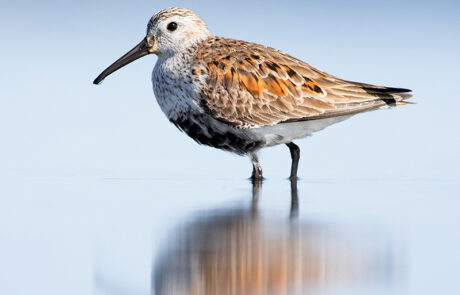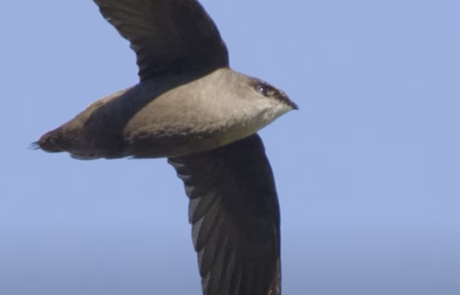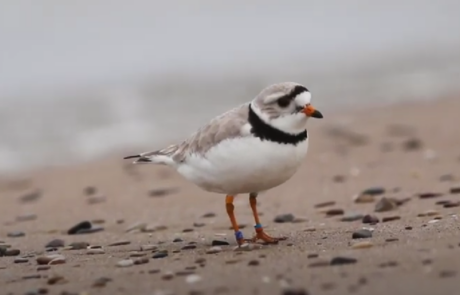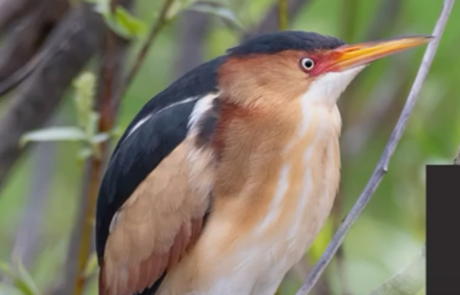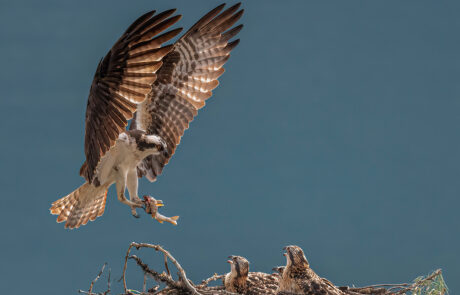Where and How to Find Birds!
Now that you’ve got all the tools you need to start identifying birds, it’s time to go find some birds!
When to go Birding
Many of Canada’s birds are migratory species, meaning they’ll breed throughout Canada in the summer time and then fly south for the winter, often going as far as South America. Of course, we have some favourite bird species that stay with us all year.
Spring: May is one of the most exciting months for birding, as the bulk of our migratory species return. The birds that breed in your region will be very active as they sing to attract mates, defend territories, and build nests.
In the spring, you may see birds that are migrating through your area on the way to their breeding grounds in more northern regions. For example, many warbler species breed in the Boreal Forest, so if you live in southern parts of the country, you may only see those species as they pass through in the spring and fall.
Summer: In the summer months birds will be focused on breeding and nesting activities. Sometimes they become more elusive – you could have a nesting pair in your backyard and not even know it!
Fall: Fall migration is another exciting time of the year! Birds have finished breeding and will be returning to their preferred wintering grounds in the south. You may notice more juvenile birds that have hatched in the summer, they may have fewer distinctive field markings.
Winter: We’re lucky to still have many birds around in the winter time. You’ll notice that they’re making calls instead of singing. In the Territories, you’ll see birds like the Common Raven, Rock Ptarmigan, and Snowy Owl. In more southern regions you might see species of jays, chickadees, nuthatches, finches, or waxwings.
Some birds breed in the north in the summer months, but instead of migrating all the way to Central or South America in the winter time, they stay with us! One great example is the Dark-eyed Junco. If you live in southern Canada, seeing Dark-eyed Juncos at your bird feeder is a sign that winter is coming.
You can use the Merlin Bird ID app or the Birds in your Region tool by Birds Canada to see which species might be in your region at different times of the year.
Did you know?
Canada’s boreal forest, stretching from Newfoundland and Labrador, all the way up to the Yukon, is the essential breeding habitat for over 300 species of birds! Warblers, waterfowl and shorebirds are amongst the species that flock to Canada’s north each summer.
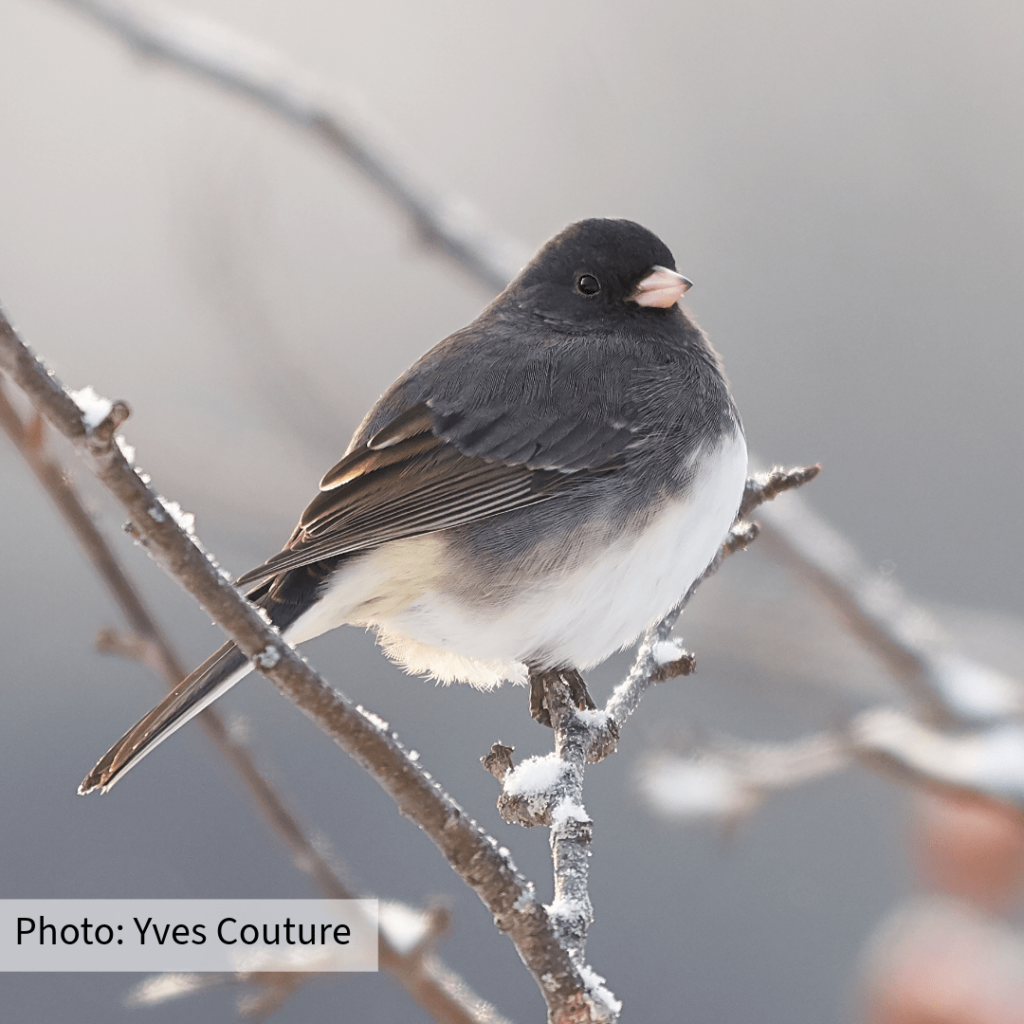
So when should you go birding? Any time of the year!
Winter might seem like a bad time to go birding, but without leaves in the trees, it can be really easy to get a good look at birds and practice your skills. In comparison, spring and fall migration can be tricky seasons because there will be many more species to identify…but that’s part of the fun!
The best time of day to go birding is first thing in the morning. Many birds sleep overnight and are most active when they first wake up. By late morning and into the afternoon they’ll have quieted down.
A really special time to go birding is at dawn during spring migration. You may have the opportunity to hear the dawn chorus. This is a stunning symphony of bird song that occurs before the sun even rises. The dawn chorus is the most vibrant and musical in the spring, when more bird species are present. We highly recommend brewing a cup of coffee, and going for a listen. Many naturalist clubs and bird observatories will have dawn chorus events that you can join.
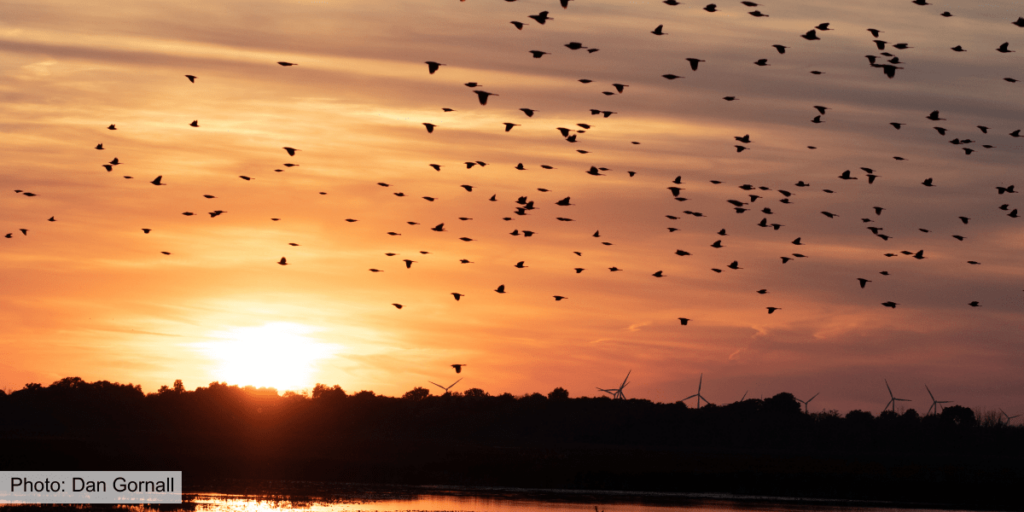
How to Find Places to go Birding
Birds are often quite specialized – they’ll prefer a specific type of habitat. So the best way to find lots of birds is by going somewhere that has a diverse mix of habitats and vegetation types. Seek out urban parks, conservation areas, or patches of habitat near you that have a mix of water, trees, and varying vegetation types like native grasses and shrubs.
It doesn’t have to be a large park! Even smaller natural spaces can have high bird diversity.
If you’re still not sure where to look for birds, here are a few places to try:
- Birding clubs or Facebook groups where you can ask for recommendations
- If you live in a touristy region, your city might have a list of popular birding areas
- Try looking for Important Bird Areas or Key Biodiversity Areas near where you live, or if you live in the Greater Toronto Area check out our map of accessible birding sites.
- Look at the map of “hotspots” on eBird, to see where other people have reported lots of birds
Please also consider the safety of the area you are planning to go birding in, and you may want to also think about how accessible the area is.
Once you’re in a place that you suspect will have birds, take your time! Birds might not be apparent if you’re rushing through the woods. Try stopping periodically and taking a few minutes to observe your surroundings. Look and listen for birds.
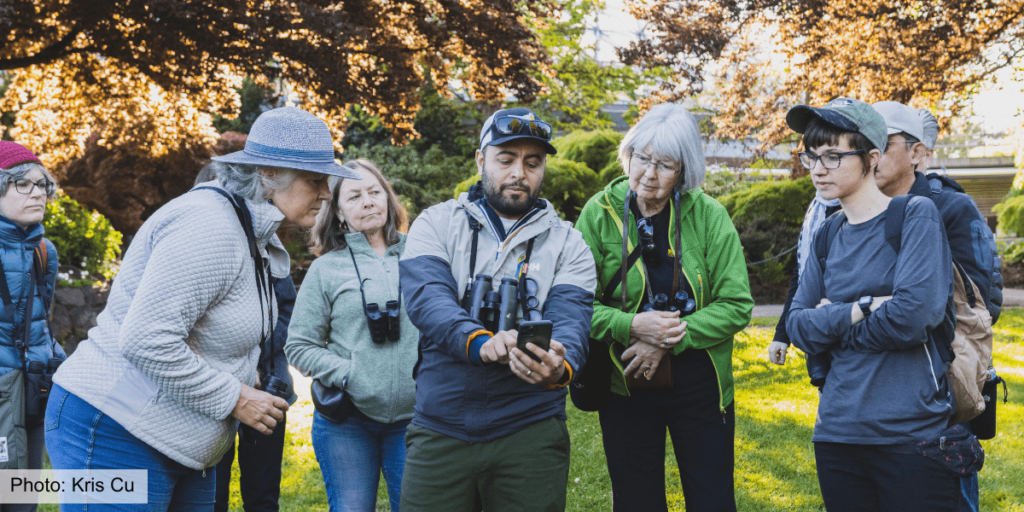
When you see a bird you don’t know, remember what you’ve learned in this course!
Try to observe it for as long as you can and take mental notes on things like:
- The size and shape of the bird. Compare its size to familiar objects or other birds.
- The bird’s behaviour. Is it tapping on a tree? Diving into the water? Flying rapidly to catch bugs in the air?
- Overall colour and appearance. Does it have any distinct patches of colour or unique features?
Once you’ve had a good look at the bird’s overall appearance and behaviours, you then might try to spot finer details like field markings, or notice the sounds it is making. If you have a camera with you try taking a few photos to help you ID later on.
After you’ve had a good look (or after the bird flies away!) open up your guide of choice, and use those clues to identify the bird. Remember to consider your location and time of year, using range maps to quickly figure out if a species might be in your area.

